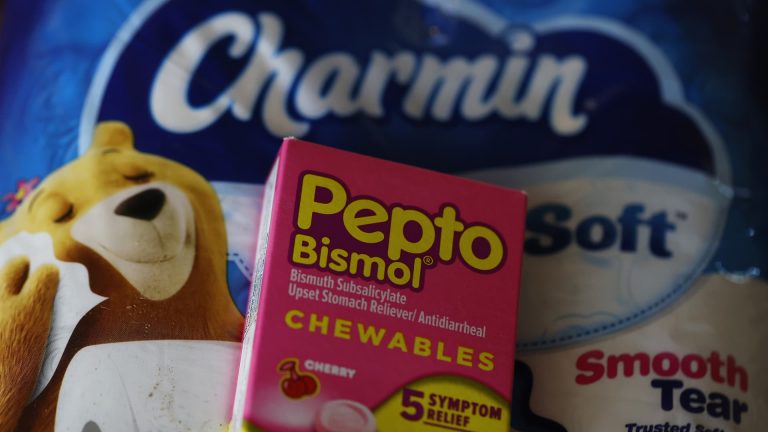Procter & Gamble on Tuesday reported quarterly results that beat Wall Street’s expectations, but introduced fiscal 2026 guidance that included a $1 billion pretax hit due to higher costs from tariffs.
“We grew sales and profit in fiscal 2025 and returned high levels of cash to shareowners in a dynamic, difficult and volatile environment,” said CEO Jon Moeller in a news release.
CFO Andre Schulten said during a media call that there will be mid-single-digit price increases affecting about a quarter of P&G’s items during the first quarter of fiscal 2026 due to tariffs and innovation.
He added on a call with analysts that the tariff hit can be broken down into a $200 million impact related to items imported from China, another $200 million related to Canada’s tariffs on goods shipped from the U.S. and the remaining $600 million from tariffs involving the rest of the world.
P&G has invested significantly in the U.S., Schulten said, but some ingredients and materials are not available in the U.S. and continue to be imported. He said P&G can offset most of the tariff hit through productivity or sourcing changes, but some of the costs will be passed on through price increases.
He described the consumer as “value-seeking” and “selective.”
The consumer products giant, which owns brands such as Tide and Charmin, expects fiscal 2026 sales growth of between 1% and 5% and earnings per share in the range of $6.83 to $7.09. The company said that factors in an estimated headwind of 39 cents per share for fiscal 2026, or a 6% drag on core earnings per share growth, related to President Donald Trump’s tariffs, unfavorable commodity costs, higher net interest expense and its core effective tax rate.
Wall Street analysts were expecting 2026 revenue growth of 3.1% and earnings per share of $6.99, according to LSEG.
On a call with analysts, Schulten said there is a level of “baseline uncertainty” baked into the 2026 outlook given economic volatility and a “more careful” consumer.
The company’s results come just one day after P&G announced Shailesh Jejurikar, its chief operating officer, would succeed Moeller as chief executive, effective Jan. 1. Moeller will transition to the role of executive chairman on that date.
Here’s what Procter & Gamble reported for its fiscal fourth quarter compared with what Wall Street was expecting, based on a survey of analysts by LSEG:
Earnings per share: $1.48 vs. $1.42 expectedRevenue: $20.89 billion vs. $20.82 billion expected
P&G reported net income of $3.62 billion, or $1.48 per share for the three-month period ended June 30, up from $3.14 billion, or $1.27 per share, a year earlier.
Net sales rose 2% to $20.89 billion. Organic sales, which strip out acquisitions, divestitures and foreign currency, also climbed 2%.
Schulten said during the media call that sales volume, which excludes pricing and therefore more accurately reflects demand, was in line with the prior year. P&G’s health-care division reported a 2% decline in volume, while the beauty segment saw a 1% increase.
The United States is P&G’s largest market, followed by China. Schulten said the China business grew 2% in terms of organic sales during the quarter, but total consumption in the market is still down about 2% compared with a year earlier.
The fiscal 2026 guidance comes after P&G trimmed its outlook in April for the rest of the company’s fiscal 2025 year, citing consumer uncertainty and tariffs. Moeller said at the time that price hikes tied to tariffs would occur during the company’s fiscal 2026 year, which began this month.
Schulten also said in April that tariffs would hurt P&G’s growth by a range of $1 billion to $1.5 billion per year.
Both JPMorgan and Evercore downgraded PG earlier this month. The former predicted soft organic sales and the latter pointed to share losses within Amazon as a concern amid a growing shift toward online retail.
The company announced a restructuring plan in June focused on improving its cost structure and competitiveness through changes in portfolio, supply chain and organizational design. As part of that plan, P&G announced at the time it will cut 7,000 nonmanufacturing roles, roughly 15% of that workforce, over the next two years.
Procter & Gamble shares are down about 6% year to date.

